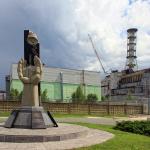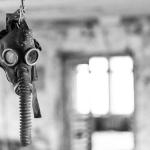I’ve got to start by saying that I don’t know – there simply isn’t enough information available right now to answer that question. But I am dubious – here’s why.
Chernobyl
Here’s what I’ve been able to find out to date.
How are they measuring radiation around Chernobyl?
On December 6th, 2018 Jon Lockett posted the article, MUT
True enough: 70 years a
Anti-nuclear activists demand that California s last electri
An op-ed in today s NY Daily News by two members of the Manhattan Institute calls






